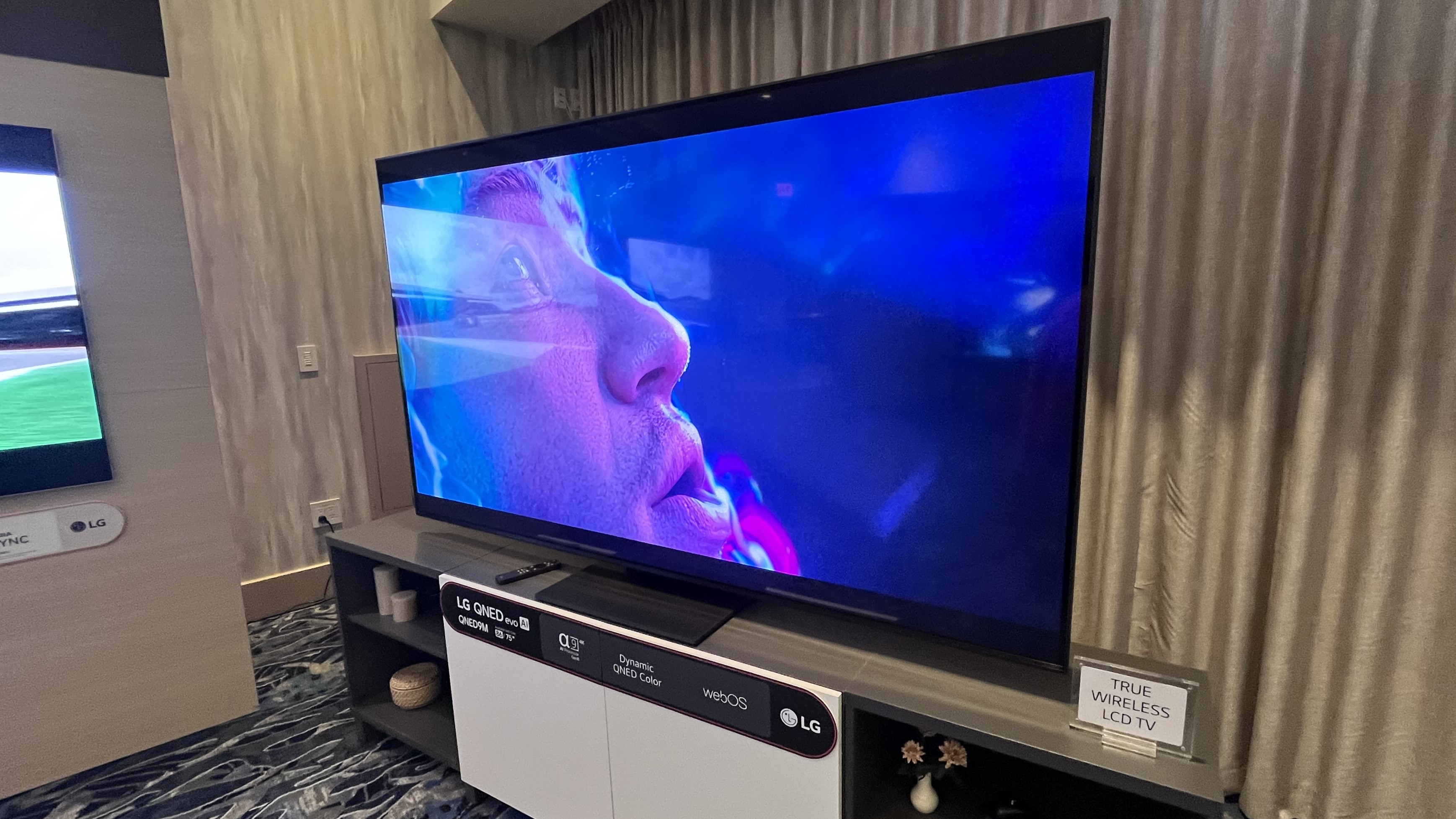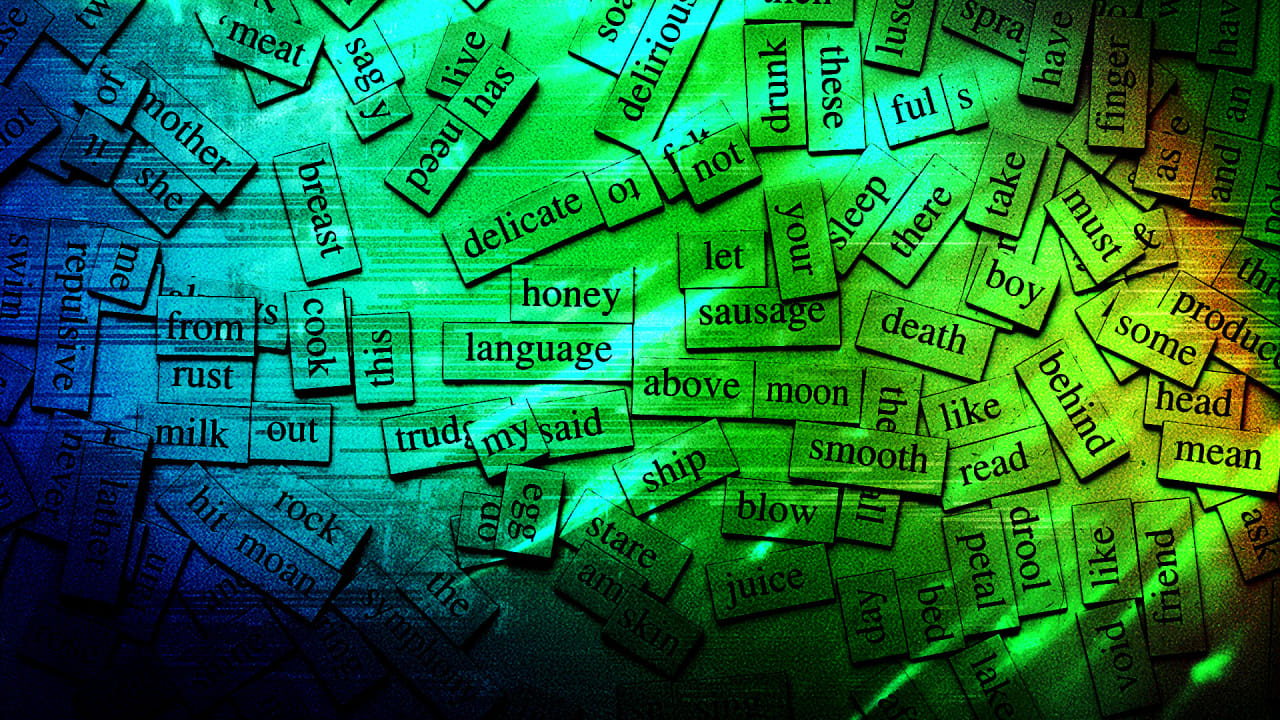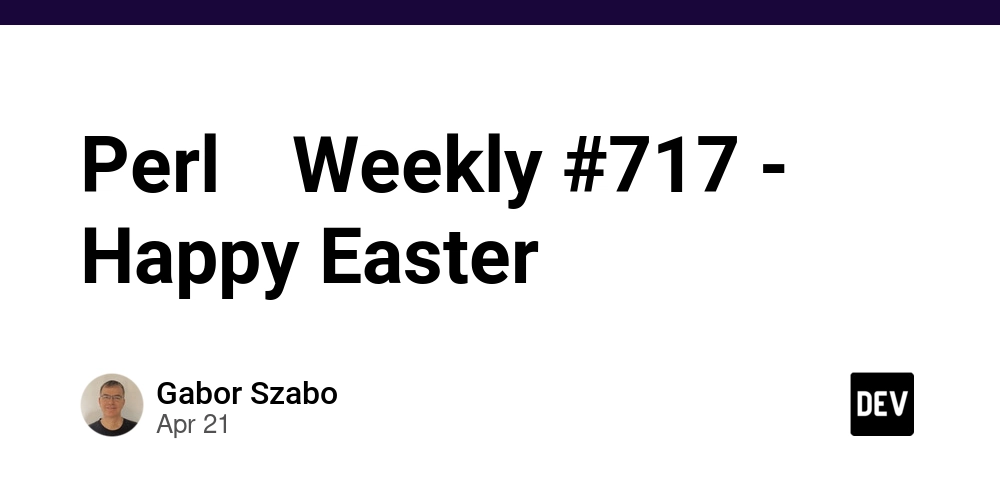"I Don’t Understand Anything I Can’t Build": The Feynman Philosophy of Understanding
Richard P. Feynman—Nobel Laureate, iconoclastic physicist, and master communicator—remains one of the most influential scientific minds of the 20th century. Among the many quips and principles attributed to him, one in particular distills his philosophy of learning into a deceptively simple yet profound maxim: “I don’t understand anything I can’t build.” Though there is no recorded instance of Feynman writing or saying this exact phrase verbatim, it reflects the essence of his approach to both science and knowledge. Behind this statement lies an entire philosophy of cognition, creativity, and the construction of meaning. Beyond Memorization: The Feynman Method To grasp the full weight of the quote, we must first understand what Feynman meant by "understanding." In his view, knowledge was not a matter of repeating what others had said. True understanding required an ability to reconstruct, manipulate, and explain concepts from first principles—preferably in simple language. This philosophy underpinned what is now known as the Feynman Technique: Choose a concept you want to learn. Explain it to a child, using plain language. Identify gaps in your explanation. Relearn and refine the concept until your explanation is clear and simple. If you can't break something down and then build it back up from scratch—without jargon or borrowed authority—then you likely don’t really understand it. The Physics of Construction In physics, this mindset was particularly powerful. Feynman’s own breakthroughs, such as quantum electrodynamics (QED), involved developing intuitive and diagrammatic tools (now known as Feynman diagrams) to “build” and visualize particle interactions. His diagrams weren't merely representations—they were constructive tools for calculations and predictions. Feynman’s ability to reconstruct physical phenomena from fundamental principles—such as imagining how a particle behaves in all possible paths simultaneously—didn’t just reflect understanding. It embodied it. To Feynman, being able to rebuild a model, a theory, or a mechanism from scratch was not just a test of comprehension—it was comprehension. From Physical to Conceptual Engineering The quote also resonates with the philosophical concept of constructivism in education and epistemology—the idea that knowledge is not passively received but actively built. Feynman often emphasized the difference between “knowing the name of something” and “knowing something.” He lamented the tendency in education to prioritize memorization over genuine inquiry. Understanding, for him, was inherently active, not passive. He famously challenged students and colleagues alike: “If you can't explain it to someone else, you don't understand it well enough.” But implicit in this is something deeper: if you can’t build a version of the idea—be it as a mental model, a physical experiment, or a simulation—you haven’t truly engaged with its structure. Implications in Modern Science and Technology Feynman’s mindset has become foundational not only in physics but also in disciplines like software engineering, AI, systems design, and education. In these fields, practitioners often use his philosophy—sometimes unknowingly—as a guiding principle. In software, the equivalent mantra might be: “If you can’t write it, you don’t get it.” Building a working system is the ultimate test of understanding. In AI research, constructing models that simulate intelligence—rather than just analyzing human behavior—has led to deeper insights into cognition itself. Likewise, in education, the Feynman Technique has resurfaced as a core strategy for deep learning. It forces students to move beyond surface-level familiarity toward internalization and transformation. Understanding as Creative Power To “build” is to transform abstraction into agency. When you can build something, you don’t just understand it—you can modify it, predict its behavior, and even extend it into new domains. This is not just intellectual confidence; it's creative power. Feynman’s apparent statement isn’t simply about constructing a circuit or deriving an equation. It’s about reconstructing reality in a form your mind can play with. It’s about transforming knowledge from something observed to something owned.
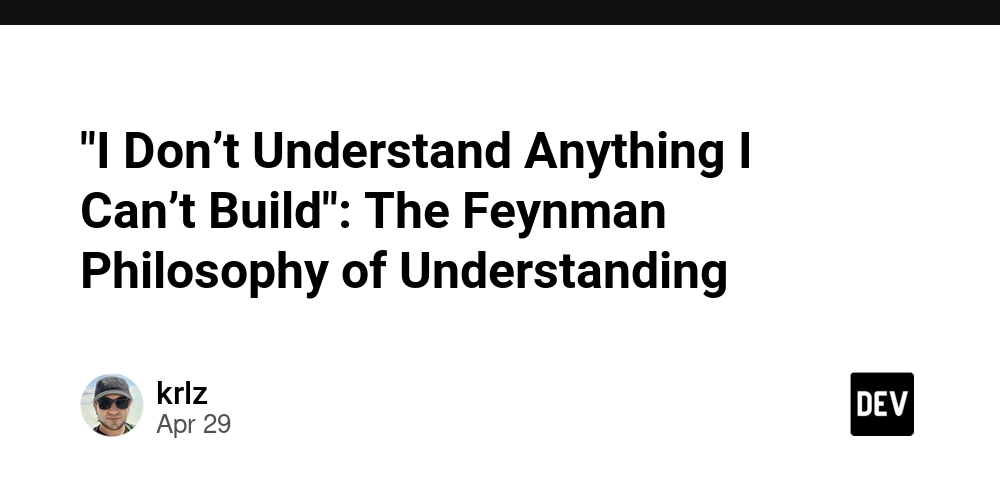
Richard P. Feynman—Nobel Laureate, iconoclastic physicist, and master communicator—remains one of the most influential scientific minds of the 20th century. Among the many quips and principles attributed to him, one in particular distills his philosophy of learning into a deceptively simple yet profound maxim:
“I don’t understand anything I can’t build.”
Though there is no recorded instance of Feynman writing or saying this exact phrase verbatim, it reflects the essence of his approach to both science and knowledge. Behind this statement lies an entire philosophy of cognition, creativity, and the construction of meaning.
Beyond Memorization: The Feynman Method
To grasp the full weight of the quote, we must first understand what Feynman meant by "understanding." In his view, knowledge was not a matter of repeating what others had said. True understanding required an ability to reconstruct, manipulate, and explain concepts from first principles—preferably in simple language.
This philosophy underpinned what is now known as the Feynman Technique:
- Choose a concept you want to learn.
- Explain it to a child, using plain language.
- Identify gaps in your explanation.
- Relearn and refine the concept until your explanation is clear and simple.
If you can't break something down and then build it back up from scratch—without jargon or borrowed authority—then you likely don’t really understand it.
The Physics of Construction
In physics, this mindset was particularly powerful. Feynman’s own breakthroughs, such as quantum electrodynamics (QED), involved developing intuitive and diagrammatic tools (now known as Feynman diagrams) to “build” and visualize particle interactions. His diagrams weren't merely representations—they were constructive tools for calculations and predictions.
Feynman’s ability to reconstruct physical phenomena from fundamental principles—such as imagining how a particle behaves in all possible paths simultaneously—didn’t just reflect understanding. It embodied it.
To Feynman, being able to rebuild a model, a theory, or a mechanism from scratch was not just a test of comprehension—it was comprehension.
From Physical to Conceptual Engineering
The quote also resonates with the philosophical concept of constructivism in education and epistemology—the idea that knowledge is not passively received but actively built.
Feynman often emphasized the difference between “knowing the name of something” and “knowing something.” He lamented the tendency in education to prioritize memorization over genuine inquiry. Understanding, for him, was inherently active, not passive.
He famously challenged students and colleagues alike: “If you can't explain it to someone else, you don't understand it well enough.” But implicit in this is something deeper: if you can’t build a version of the idea—be it as a mental model, a physical experiment, or a simulation—you haven’t truly engaged with its structure.
Implications in Modern Science and Technology
Feynman’s mindset has become foundational not only in physics but also in disciplines like software engineering, AI, systems design, and education. In these fields, practitioners often use his philosophy—sometimes unknowingly—as a guiding principle.
In software, the equivalent mantra might be: “If you can’t write it, you don’t get it.” Building a working system is the ultimate test of understanding. In AI research, constructing models that simulate intelligence—rather than just analyzing human behavior—has led to deeper insights into cognition itself.
Likewise, in education, the Feynman Technique has resurfaced as a core strategy for deep learning. It forces students to move beyond surface-level familiarity toward internalization and transformation.
Understanding as Creative Power
To “build” is to transform abstraction into agency. When you can build something, you don’t just understand it—you can modify it, predict its behavior, and even extend it into new domains.
This is not just intellectual confidence; it's creative power.
Feynman’s apparent statement isn’t simply about constructing a circuit or deriving an equation. It’s about reconstructing reality in a form your mind can play with. It’s about transforming knowledge from something observed to something owned.




































































































































































![[The AI Show Episode 145]: OpenAI Releases o3 and o4-mini, AI Is Causing “Quiet Layoffs,” Executive Order on Youth AI Education & GPT-4o’s Controversial Update](https://www.marketingaiinstitute.com/hubfs/ep%20145%20cover.png)
















































































































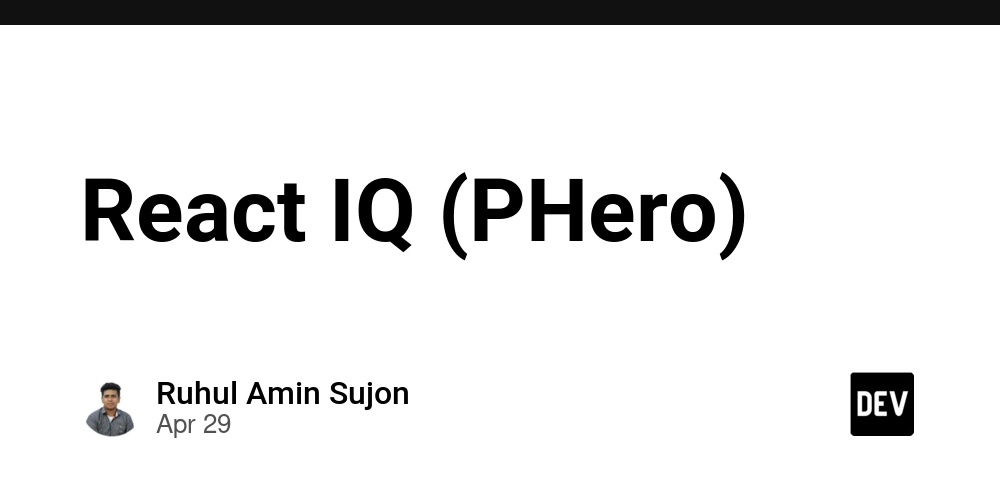


















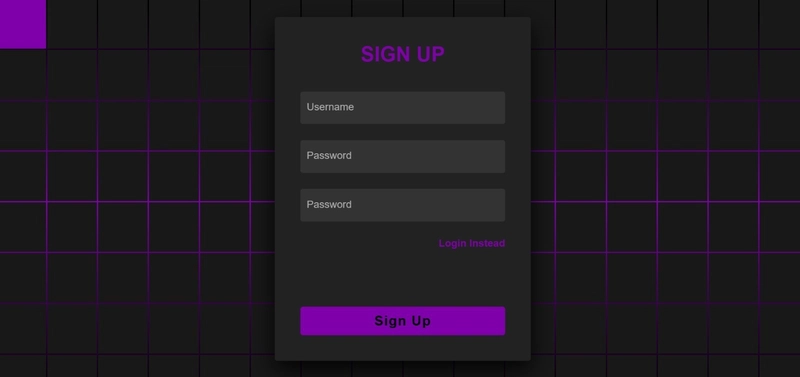





































































































































_NicoElNino_Alamy.jpg?width=1280&auto=webp&quality=80&disable=upscale#)

















































































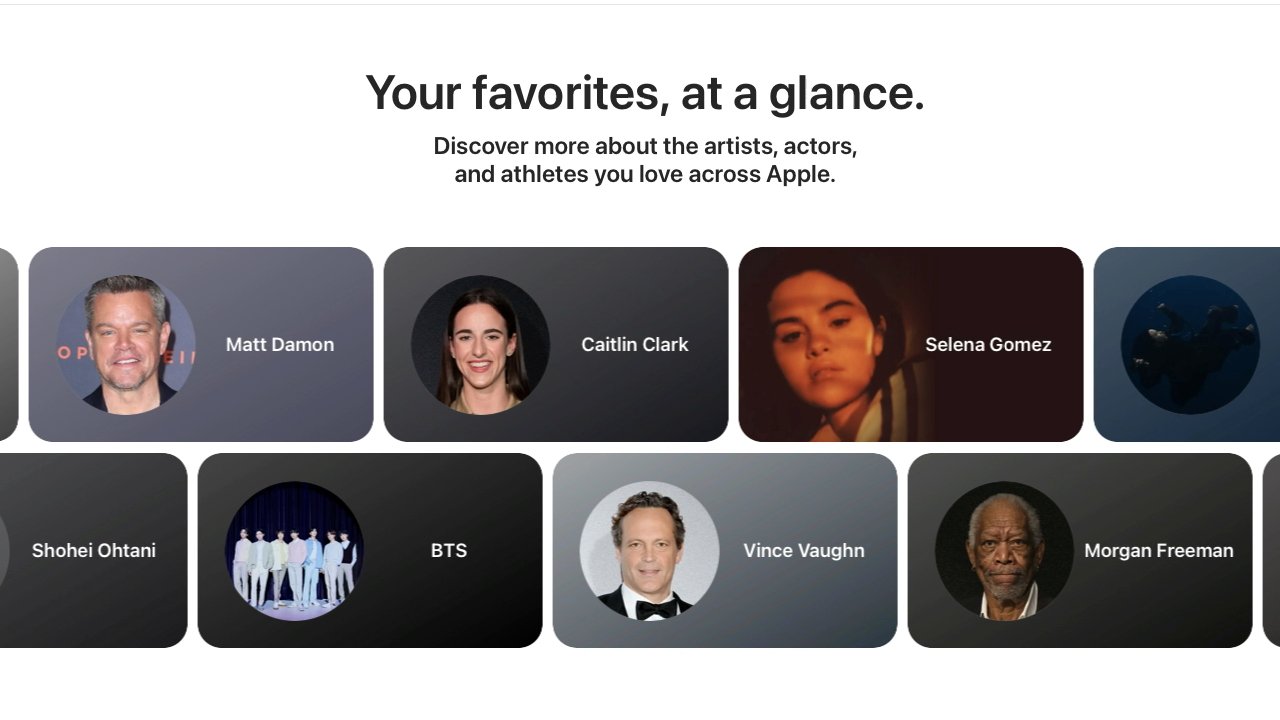




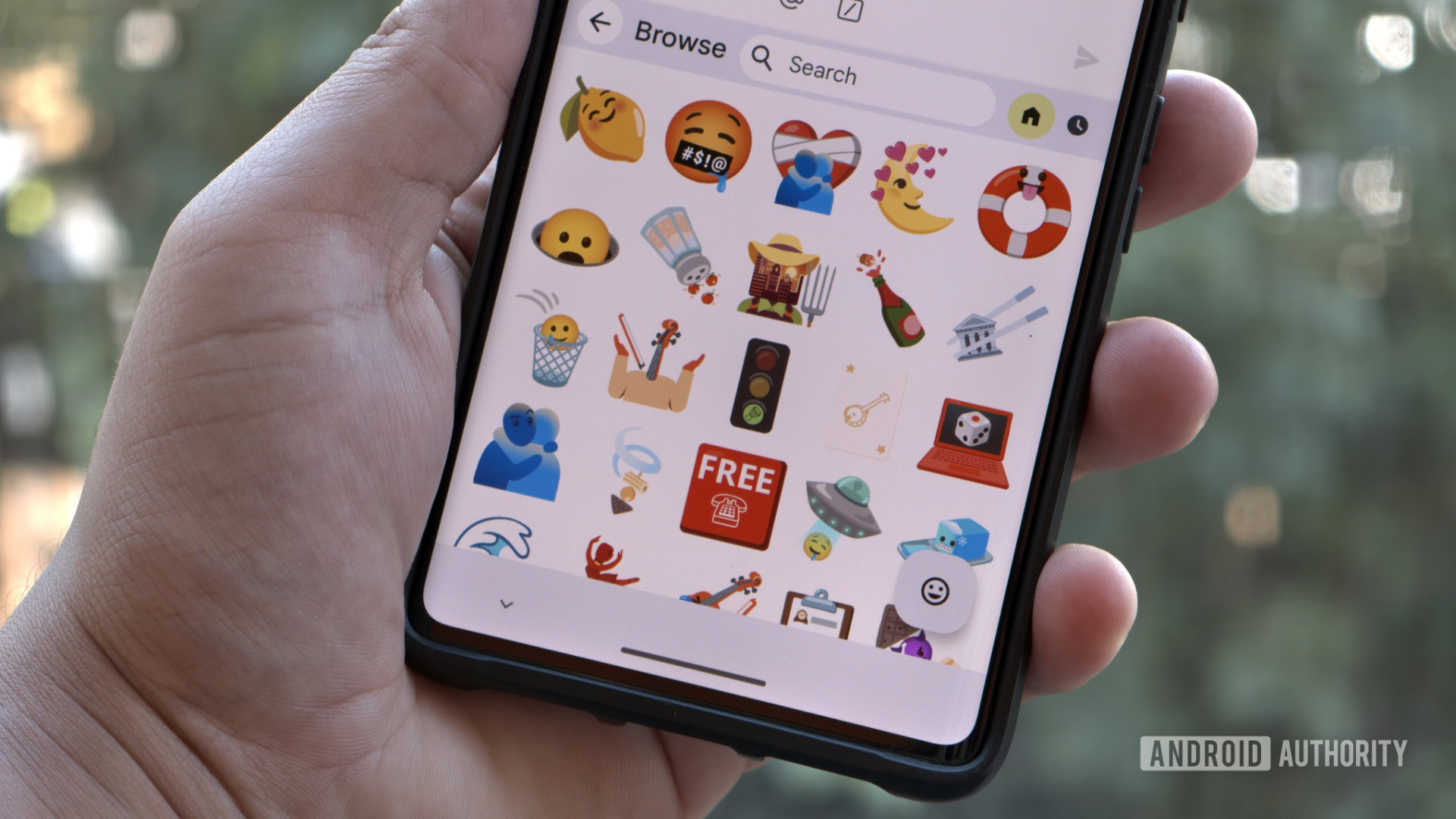

























![Standalone Meta AI App Released for iPhone [Download]](https://www.iclarified.com/images/news/97157/97157/97157-640.jpg)



















